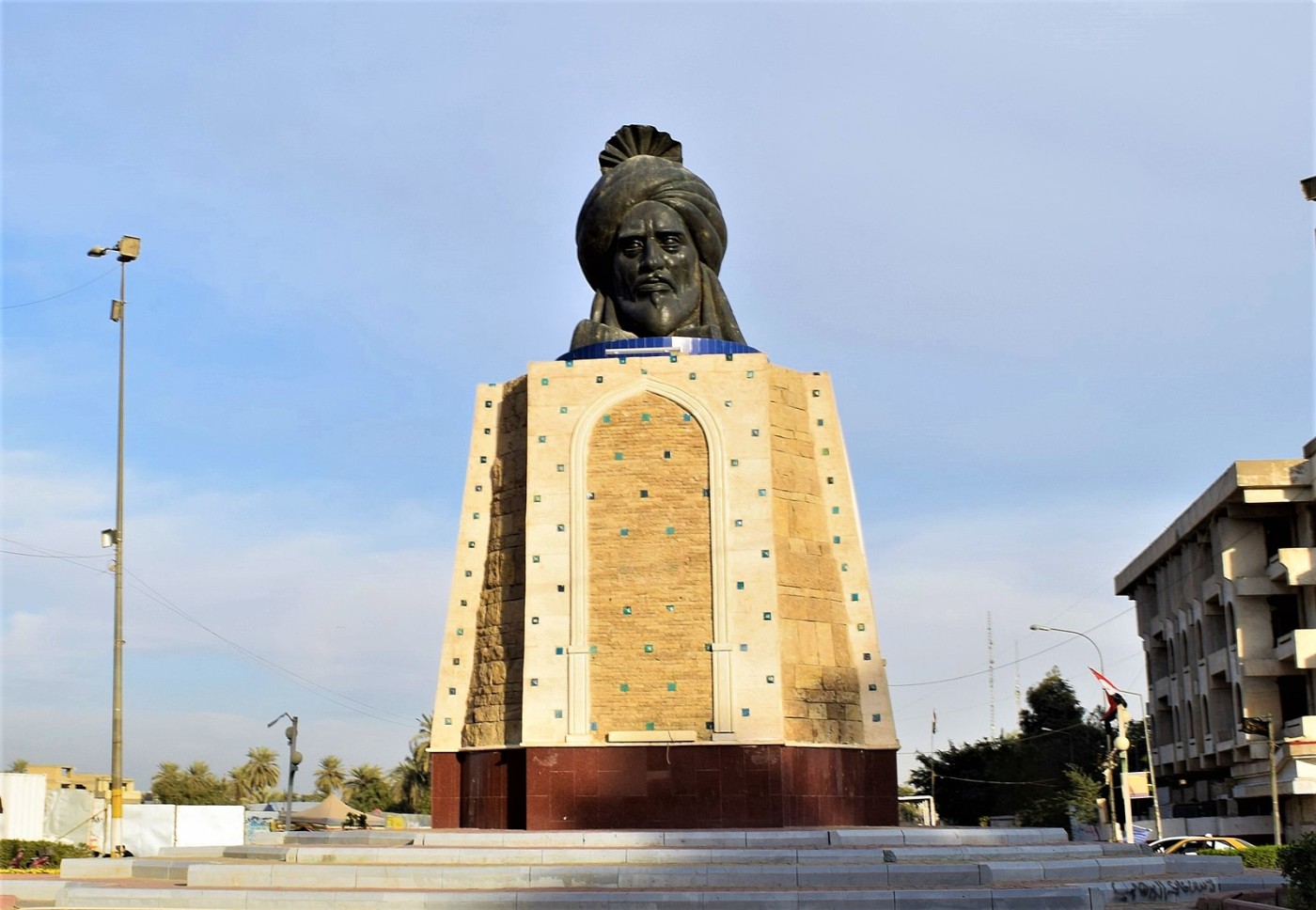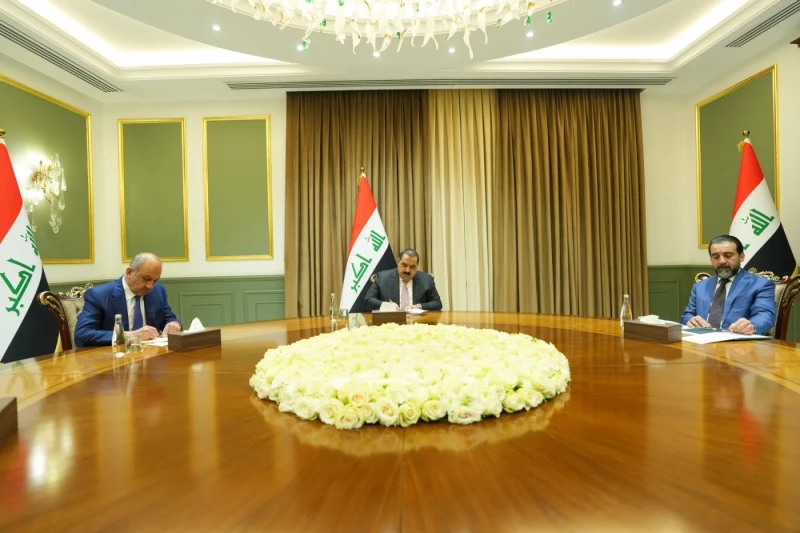ERBIL, Kurdistan Region of Iraq - Shiite critics in Iraq demand the removal of the 50 year old statue of Abbasid Caliph Abu Ja'far al-Mansur in Baghdad, citing his killing of the sixth Shiite Imam, Ja’far al-Sadiq.
Many Iraqis have been preoccupied in the past two days with a renewed old debate about the statue of Caliph Abu Ja'far al-Mansur situated in the capital, Baghdad.
The controversy sparked when political analyst Juma al-Atwani made a statement during a political program on one of the channels affiliated with Shiite figures, asserting, “the statue of Abu Ja'far al-Mansur irritates more than 60 percent of the Iraqi people, and this idol is controversial because he was one of the tyrants of the Abbasid dynasty who oppressed the Imams.”
Following this, Asaib Ahl al-Haq affiliated Shiite eulogy reciter Mahdi al-Aboudi shared a picture of the statue on X platform, accompanied by the caption, “when will this visual distortion (of the murdering criminal) of the sacred soul, whose killing, God has forbidden, be removed?”
While political analyst Juma al-Atwani called for the removal of the mentioned statue, considering it a controversial idol that irritates some Iraqis, others described the Abbasid caliph as the founder of Baghdad.
Ahmed al-Zyade attributed the construction of Baghdad to Abu Ja'far al-Mansur, highlighting his historical significance. He urged current leaders to emulate Mansur's legacy by building a city as magnificent as Baghdad, promising recognition in the form of a larger statue if they succeed.
Mohammed Fawzi Allami, a military academic graduate, criticized the calls for removing the statue, questioning whether such actions would restore public confidence. He challenged the notion that addressing symbolic issues could substitute for the fundamental needs of the people, suggesting that true leadership requires more substantial efforts than mere slogans.
Ali al-Bayati shared his opinion on X platform, expressing opposition to the removal of the statue, stated “the politician who fears a statue made of stone or from history is empty and lacks the ability to confront the present or the future. They attempt to escape to the past only to prove their existence. Be real leaders and build Iraq, instead of fixating on one statue of Abu Ja'far al-Mansur.”
The New Region have reached out to Ahmad Saadawi, a well known Iraqi author and intellectual regarding the debate.
“As you can see, the Shiite factions holding power did not speak about the issue. The Prime Minister, as the highest executive authority in the country and a Shia figure from a Shia parliamentary bloc, did not speak about the issue. Neither did any former Prime Minister utter a word on this matter,” Saadawi said.
“These voices demanding things like the statue removal always emerge from smaller Shia forces or those lacking influence, or Shia political blocs inside the parliament who aim to embarrass the government or outbid it. This is also the case in the issue of the anti-prostitution law and also the Ghadir Eid, which are Shia trying to outbid the government,” Saadawi elaborated.
“They do not represent a popular Shia perspective, nor the perspective of Shia elites, nor the perspective of the government, which is dominated by Shia political figures,” he added.
The statue is located in the Karkh side, in the Mansour area of Baghdad, and was sculpted by the Iraqi artist Khalid al-Rahaal, one of the leading figures of the modern Iraqi art movement. The statue was unveiled on January 6, 1977, during the reign of former Iraqi President Ahmed Hassan Al-Bakr, and has since become one of the capital's prominent landmarks.



 Facebook
Facebook
 LinkedIn
LinkedIn
 Telegram
Telegram
 X
X


